Béla Bartók once said “Competitions are for horses, not artists”. Ranking Australia’s composers according to greatness might seem trivial, even controversial, and Limelight does not pretend to claim jurisdiction over who should or should not be considered ‘great’. Nonetheless, such a list serves a purpose: it highlights those individuals in the forefront of the nation’s musical psyche and reflects on what does make a great composer great.
In compiling the list, Limelight consulted a panel of industry professionals before asking the public’s opinion via the website. The two votes were weighed 50-50, resulting in this democratically derived list of the Greatest Australian Composers.
Liza Lim
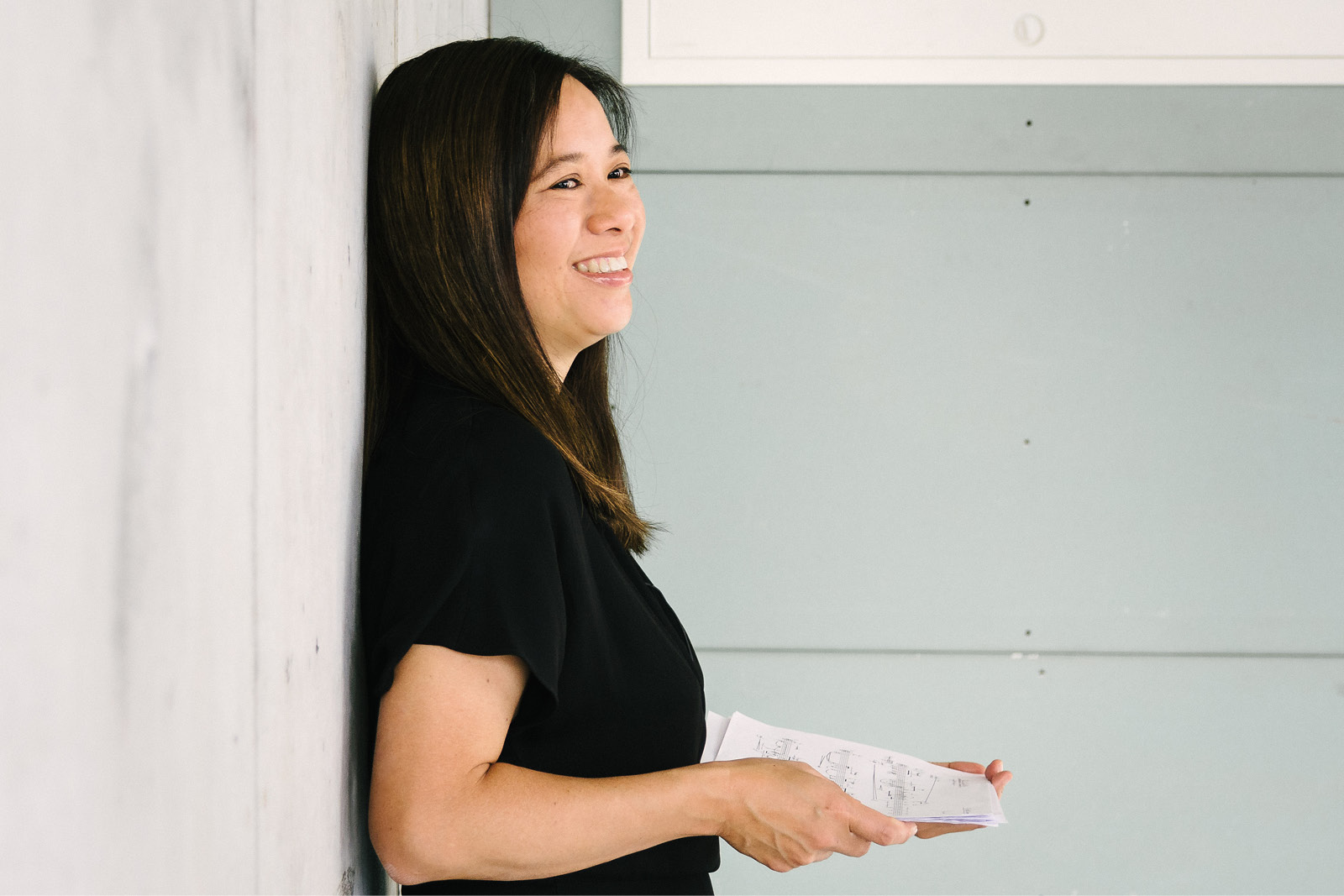
Liza Lim’s compositions are marked by visceral energy and vibrant colour, often exploring ritual forms and performance aesthetics from Asian and Australian Aboriginal cultural sources. Liza has received major commissions from the Holland Festival, Sydney Symphony Orchestra, Los Angeles Philharmonic, Festival d’Automne à Paris, and has been closely associated with Ensemble ELISION for over 20 years.
Tongue of the Invisible
Omar Ebrahim bar, Ensemble musikFabrik, André de Ridder
WERGO WER68592
The opera The Oresteia was my first point of contact with Liza Lim’s music, capturing my imagination and soul. The conceptual depth of her work consistently excites on a visceral and intellectual level. The warmth of her person is inextricably embodied in the luscious sonorities that she coaxes from voice, instrument and ensemble alike.
Lim’s music has always had the power of connecting with audiences and performers whilst being utterly uncompromising in its expressive complexity. I would however, emphasise that it is her strong ties to performing groups in Australia that have assisted in her music flourishing in a really very special way. I find myself regularly reaching for Emsemble ELISION’s landmark recordings to feast on Lim’s earthly and unearthly compositional delights.
Richard Haynes, clarinet
Peggy Glanville-Hicks
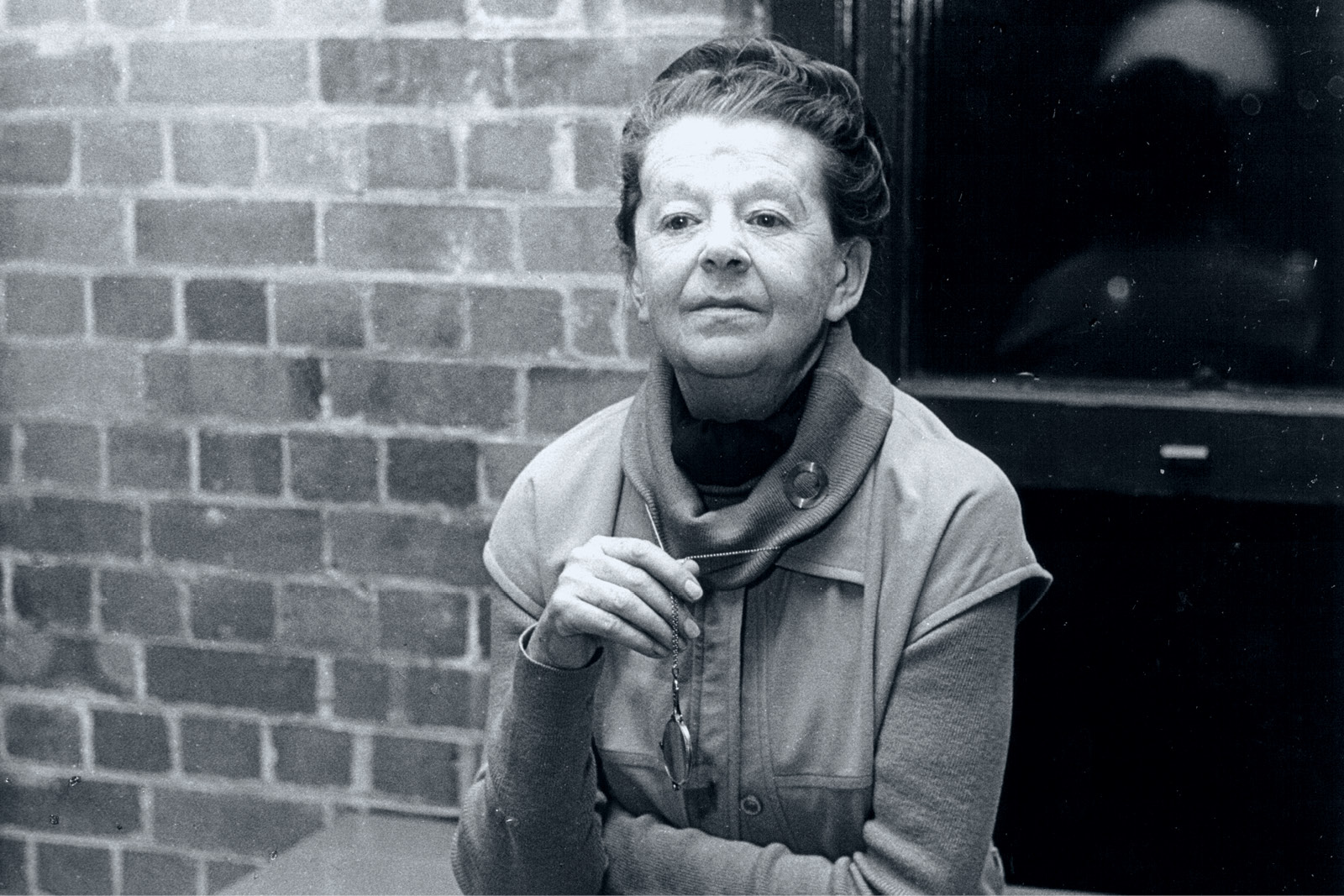
Peggy Glanville-Hicks enjoyed a double career, working as both a composer and as an organiser and critic in contemporary music. Best known as a composer of orchestral music, opera and song, Peggy’s music found an audience internationally, in America and the UK.
Sappho
Deborah Polaski s, John Tomlinson b, Gulbenkian Orchestra, Jennifer Condon
Toccata Classics TOCC0154-55
Peggy Glanville-Hicks was born at a time when women often experienced a lack of encouragement in creative life. At 19 she won a scholarship to the Royal College of Music, studying with Vaughan Williams and Arthur Benjamin, and later in Paris with Nadia Boulanger. She travelled widely and her vibrant and colourful music was often tinged with the exotic. I heard her Sonata for piano and percussion for the first time at the Sydney Spring International Festival of New Music. I was struck by the strength and spectrum of resonances in this piece.
Peggy left her house in Paddington, Sydney, as a residence for Australian composers in a great act of generosity. My stay in her house was one of the most productive and creatively rich times for me. I felt nurtured by the environment and the history of what she had achieved. I felt her spirit around me and was compelled and buoyed by both her kindness and brilliance.
Elena Kats-Chernin, composer
Nigel Westlake

Although a composer in all genres, Nigel Westlake is best known for his film scores, notably Miss Potter, Babe, Babe: Pig in the City, and the IMAX films Antarctica and The Edge. Nigel received the Paul Lowin Orchestral Prize for his choral tribute to his murdered son Missa Solis – Requiem for Eli.
More recently, Nigel composed the score for the Australian film Blueback. His collaboration with singer-songwriter Lior, which began in 2013 with the song cycle Compassion, continues with Ngapa William Cooper, a tribute to the life and influence of Aboriginal activist William Cooper, co-written with Dr Lou Bennett.
Missa Solis: Requiem for Eli
Melbourne Symphony Orchestra & Chorus/Nigel Westlake
ABC Classics 4765057
Nigel Westlake is a gentleman in the truest sense, and a superlative musician’s musician of rare and multiple talents.
The first I heard of Nigel’s music was Onomatapoeia for bass clarinet and digital delay. It demonstrates Nigel’s astounding mastery of technique and musicianship, and affirms his status as a composer whose work comprehends every modern innovation. We first met in Hobart to record film music for A Little Bit of Soul. Not long after these sessions, my family and I met Nigel, and his lovely wife Jan, by chance on a plane to Sydney. Our accommodation had fallen through at the last minute, and with typical generosity they invited us to stay with them.
I haven’t seen Nigel nearly enough since then, but every time I do (like when he and Mike Harvey turned up on the doorstep to see if I was OK after my last car crash) I am reminded of what a special human being he is.
Ian Munro, pianist
Graeme Koehne
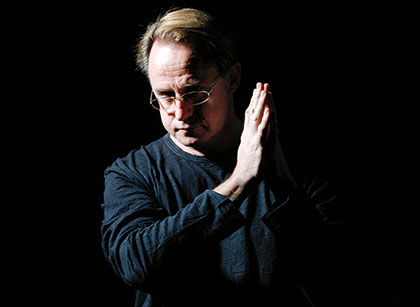
Best known for his orchestral and ballet scores, Graeme Koehne is Head of Composition at the Elder Conservatorium in Adelaide. Graham’s music aims to reinvigorate traditional compositional methods through re-engagement with the musical vernacular.
Inflight Entertainment, Powerhouse
Diana Doherty o, Sydney Symphony Orchestra/Takuo Tuasa
Naxos 8555847
In the 1970s, some Australian conservatoria taught that Shostakovich’s music was trivial because it relied on plain diatonic scales and simple major and minor chords. This orthodoxy became entrenched to a level of religious fervour in the 1980s that was increasingly difficult to penetrate. Graeme Koehne is one of our most daring and inventive composers because he chose to tackle this small-minded dogma head on, and sculpted an original musical voice that feared no harmony or melody as long as it sounded well and suited the purpose at hand.
His early orchestral works, Unchained Melody and Powerhouse, remain significant peaks in the topography of Australian symphonic music – bold, powerful and skilful; pleasing yet challenging. His numerous compositions for the nation’s leading dance companies are notable for the distinctive language established and savoured by each in turn. The Selfish Giant, Nearly Beloved, Tivoli… all captured a unique spirit and dramatic character that intrigued and entertained.
His later major works bear the unmistakable mark of the master craftsman. Elevator Music, In-Flight Entertainment, and High Art, all radiate fine design and serious intent, ‘elevating’ us despite their wry self-effacement. A composer of substance and intellect, never content with the dictates of fashion, Graham has chosen a true and personal course.
Carl Vine, composer
Brett Dean
 LOW RES.jpg)
Brett Dean studied in Brisbane before moving to Germany in 1984 where he played viola for the Berlin Philharmonic for over 15 years. Brett has been championed by Sir Simon Rattle and Markus Stenz, and his work draws on literary, political or visual stimuli.
The Lost Art of Letter Writing
Frank Peter Zimmermann v, Sydney Symphony Orchestra/Jonathan Nott
BIS BIS2016
Brett and I met back when we were both living in Germany. Brett at the time was very much a viola player who also took time out to compose, but the composition became more and more important to him. He was brilliantly placed, as a member of the Berlin Philharmonic, to have access to some of the world’s greatest musicians.
Brett is so down to earth that it’s hard to believe that he’s one of the leading composers of his generation. He is so straightforward; he’s a really funny guy and fun to be around. But he is also incredibly focused on what he does, and serious to the point of obsession, which is what you need when you’re working at that level. I remember, when he played in the Berlin Philharmonic, there would be a sea of people in black trousers and black shirts, and Brett would be sitting there in his bright red hair, pink trousers and orange shirt. I love that wonderful, larrikin sense of fun he has, it’s very deeply Australian.
His last work, The Last Days of Socrates, shows him in a new phase. He was always full of ideas and inspiration, but there’s a wonderful structural maturity about his writing now. It’s an intensely moving piece and I felt very privileged to be conducting the Australian premiere.
Simone Young, conductor
Elena Kats-Chernin
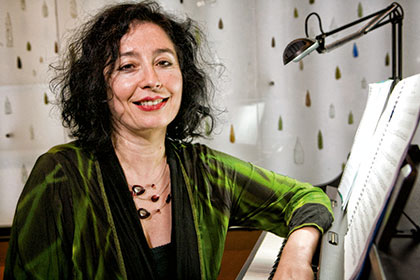
Elena Kats–Chernin has studied in Moscow, Sydney and Hanover, where her composition teacher was Helmut Lachenmann. She has received numerous awards and fellowships throughout the world, finding success writing music for the symphony, opera and ballet. Her music was featured at the opening ceremonies of the 2000 Olympic Games and the 2003 Rugby World Cup.
Wild Swans
Tasmanian Symphony Orchestra
ABC Classics 4767639
One of the most important features of a composer is that they have their own, recognisable, unique musical voice. That’s certainly the case with Elena Kats-Chernin. It only takes a few seconds for her distinctive musical patterns to be instantly identified, whether it be one of her multitudinous rags, or a new concerto, or a new ballet, or even her recent 12-hour opera-reworking of Monteverdi that was broadcast live on German TV.
Elena’s real life persona is just like her music: charming, witty, engaging, funny and honest. Even better, behind its shimmering surface lies a depth that encourages and rewards repeated listening.
Elena’s mastery of music composition is not just appreciated by Australian listeners. She spends much of her time in Europe and elsewhere overseas, working with top companies and creating innovative musical scores for large audiences.
Elena Kats-Chernin is one of those true composers for whom music is their absolute life. At the end of the day, who could ask for anything more?
Matthew Hindson, composer
Percy Grainger
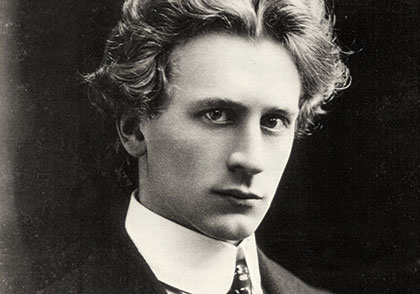
A precocious musical talent, Grainger’s bizarre personal history has often distracted attention from one of Australia’s most unique and talented voices. A musician of unusual breadth of vision, who experienced tremendous success in the UK and America, Percy composed a broad spectrum of works from the highly experimental to the overtly popular.
The Music of Percy Grainger
Monteverdi Choir/Sir John Eliot Gardiner
Philips 4752132
Even if he weren’t Australian, Percy Grainger would still be among my favourite composers. The Scotch Strathspey and Reel was one of my earliest discoveries in classical music (thanks to the pioneering John Hopkins recording, purchased through the World Record Club). In its melodic generosity, thrilling counterpoint and joyful spirit I rate it unequivocally a masterpiece.
The fact that Grainger is Australian adds to his significance for me, not out of nationalist pride, but because I feel he was dealing with musical questions that have been important to me, and probably to lots of other Australian musicians too. Grainger’s music represents a quest to go beyond parochial subservience to European ideals and prejudices of musical value.
Grainger had the immense bravery to strike out beyond classical music’s barriers and try to discover new worlds that could form a different kind of musical tradition: democratic, world-embracing, curious. He brought tremendous skill and musicianship to the task, providing a body of work that offers Australia’s musical community a repository of inspiration and achievement.
Graeme Koehne, composer
Ross Edwards
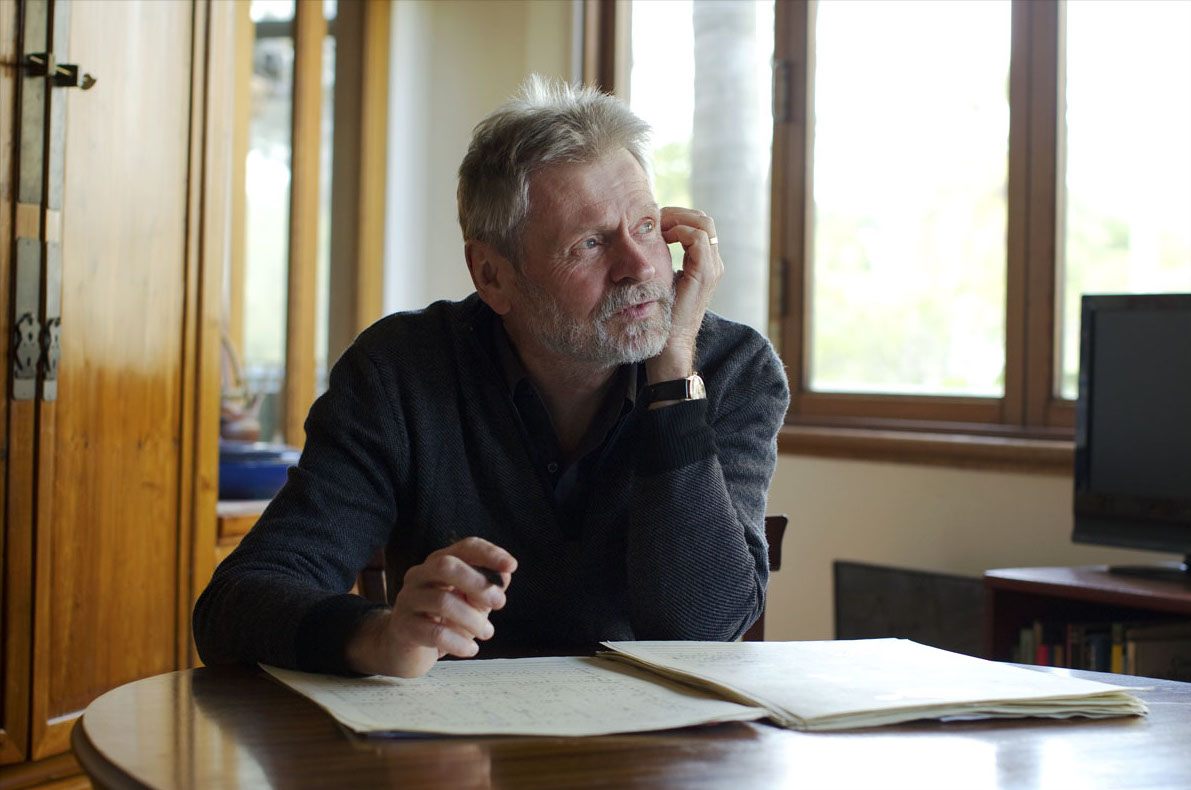
A graduate of the Universities of Adelaide and Sydney, Ross Edwards studied with Peter Sculthorpe, Richard Meale and Peter Maxwell Davies. Ross’s music is deeply connected to Australia, celebrating the country’s cultural diversity, and drawing inspiration from the natural environment.
White Ghost Dancing
Tasmanian Symphony Orchestra/Ross Edwards
ABC Classics 4762270
Maninyas – Concerto for Violin and Orchestra
Dene Olding v, Sydney Symphony Orchestra/Stuart Challender
ABC Classics 4386102
In 1990, I recorded The Tower of Remoteness, a duo for clarinet and piano. I had been a fan of Ross’s work for many years, but this was my first opportunity to get to know his music from the perspective of a performer. Having spent time in Europe immersing myself in the complexities, angst and technical challenges of contemporary European art music, Ross’s sound world was a refreshing contrast. I remember feeling touched by the music’s honesty, translucency and economy.
The Tower was consoling yet provocative, tranquil yet startling, simplistic yet sophisticated. But more than anything, it spoke to me about individuality and the importance of forging a distinctive sound. This way of putting notes together had a unique resonance and was part of a lineage that could be traced back to the iconic gestures developed by Sculthorpe in prior decades. Ross’s music was so linked to the natural landscape and fearless to express emotion, melody and rhythm (three precious commodities that had somehow been relegated to the dustbin of history by many of his contemporaries).
It wasn’t until some years later I became aware that The Tower of Remoteness actually represented a dramatic shift in compositional approach and direction for Ross. Following his return from London in 1972, and disillusioned with his initial forays into the world of the avant-garde in the early stages of his career, The Tower was forged by self doubt, soul searching and a passionate desire to embrace and communicate with his audience.
This music represented the stirrings of a new voice within – a voice that has evolved with increasing momentum over the last three decades into a glorious, colourful and individual language that is immediately recognisable and has come to be treasured as an enriching experience by performers and audience alike.
Nigel Westlake, composer
Carl Vine
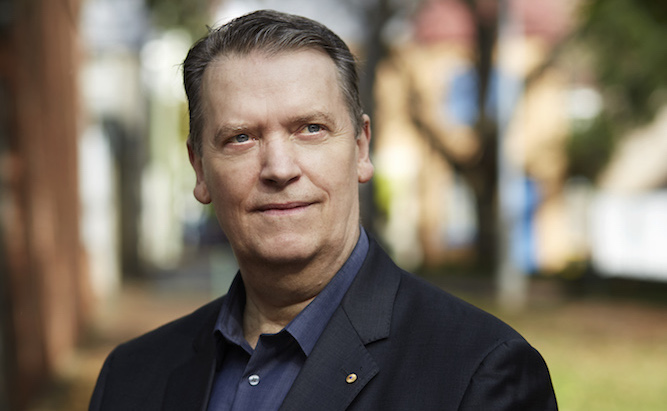
Carl Vine first came to prominence in Australia as a composer of music for dance, but has since expanded his catalogue to include symphonies, concertos, electronic music and numerous chamber works. Born in Perth, Carl studied piano with Stephen Dornan and composition with John Exton at the University of Western Australia. Moving to Sydney in 1975, he worked first as a freelance pianist and composer collaborating with a wide range of ensembles, theatre and dance companies over the following decades. Since 2000, he has been the Artistic Director of Musica Viva Australia, the largest chamber music organisation in the world.
Suite from The Tempest
Tasmanian Symphony Orchestra/Ola Rudner
ABC Classics 4762267
There were many fine experiences to be grateful for as a student of the Queensland Conservatorium from 1979-1983. The nature and profundity of some of these I was keenly aware of both at the time and beyond. Others I was perhaps too young to fully realise the importance of but they’ve resonated more fully with me as the years pass.
How lucky I was to be there during the lengthy residency of the Ensemble Flederman, which brought Carl Vine, Simone de Haan and Graeme Leak to live in Brisbane in the early 1980s. Working with Carl gave me a first formative glimpse into the working life of a musician for whom there was no barrier between performing and composing, and who pursued both disciplines at the very highest level.
I fondly remember an invitation to play as guest violist with Flederman. Carl’s own wonderful works formed my first experiences of performing with a composer present in the room; such diverse music, from the beauty of his early miniatures for solo and duo violas to the inventive, at times foot-stampingly energetic, Knips Suite for string quartet.
Together with the inevitable, enlightening discussions about the workings and meanings of the music, these were vital learning opportunities that have continued to resonate throughout my own life as composer-performer for which I’m immensely grateful. What’s more, judging by the many performers I’ve met all around the world who regularly perform and teach Carl’s works as part of their standard repertoire, I’m far from alone in feeling that gratitude.
Brett Dean, composer
Peter Sculthorpe
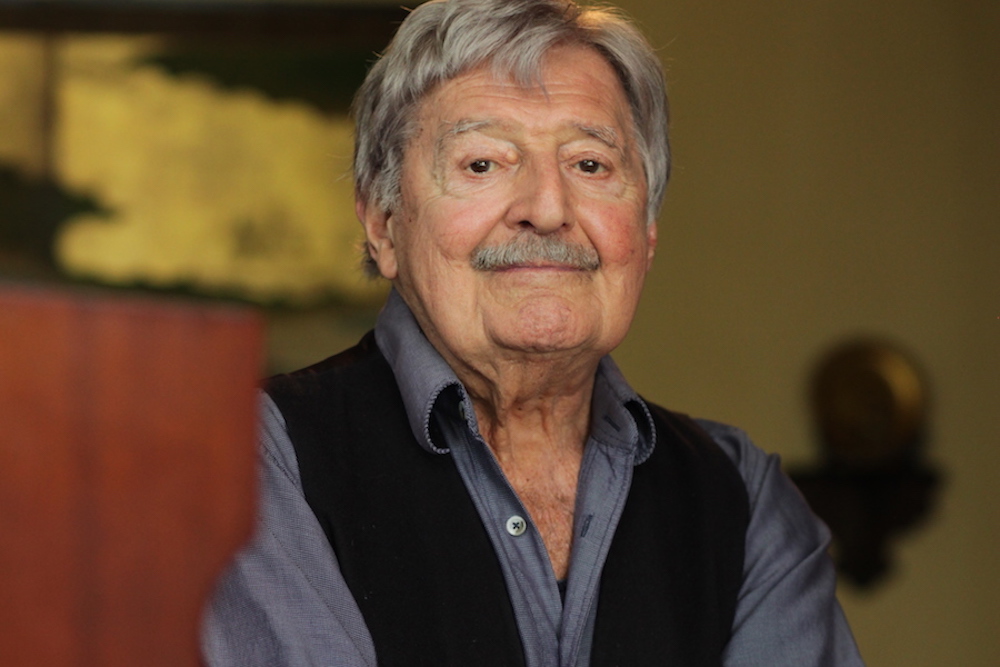
Born in Tasmania, Peter was educated at the University of Melbourne and Wadham College, Oxford, and was Emeritus Professor at the University of Sydney. The recipient of many awards, Peter was recognised in 1997 as an Australian National Treasure. Sculthorpe passed away on August 8 this year.
String Quartets
Anne-Sophie von Otter, Brodsky Quartet
Challenge Classics CC72007
Earth Cry
Sydney Symphony Orchestra/Stuart Challender
ABC Classics 4264812
Sun Music I-IV
Adelaide Symphony Orchestra/David Porcelijn
ABC Classics 4545052
While I’m not a fan of the practice of assessing musicians and musical works according to a standard set of criteria, I’m pleased to have this opportunity to write about my dear friend Peter Sculthorpe. I’ve known Peter since I was a student and he’d just been appointed a lecturer in Sydney University’s Music Department, 50 years ago. I used to work for him in the vacations as copyist, phone and letter answerer, coffee maker and so on. It was an infinitely more rewarding holiday job than sorting mail!
Peter treated his students as apprentices. His house in Woollahra was a workshop where an open, friendly atmosphere prevailed. Peter would talk about whatever he was working on and invited us to participate in the compositional process, taking our ideas seriously and making us feel important. Genial and encouraging, he nonetheless demanded the highest standards. In those days music was composed with pencil and paper. The score and parts were copied by hand in ink, with much recourse to correction fluid. We’d work into the early hours, especially if a deadline was imminent. As he’d finish composing a page, Peter would hand it to me to be copied, inspecting it afterwards to make sure it was neat and accurate. Sometimes he’d return it with comments like ‘fix spacing’ or ‘straighten stems’. In this way I came to understand and accept professional standards.
In the 60s and 70s, Peter scornfully renounced the cultural cringe by beginning to explore the music of our Asian neighbours. He became fascinated by Japanese gagaku, as well as Indonesian gamelan music before either became well-known here. Their influence can be heard in such landmark works as Mangrove and Sun Music III. Gradually, his attention began to focus on the Australian landscape. One of his best-known landscape works is Kakadu, with its earth-based drones and ecstatic flights of birds. Melodic lines resembling the contours of Aboriginal chant also began to weave their way through the textures of his music at this time, culminating in his monumental, all-embracing Requiem.
Peter was an inspiration to generations of composers. The name Peter (from the Greek Petros) means ‘rock’, symbolising stability, and so many of us found him both a stabilising and inspiring figure throughout an uncertain climate for the arts. Some years ago I was asked to write an article about Peter’s lifestyle, which I summed up as follows: “As a Taurean, (his) house has always been his castle, his studio, and the hub of all his activities. It perfectly reflects his personality, especially his need for order and symmetry. Everything must be in its right place before he can work. He is surrounded by things that are important to him – Buddhas, screens, furniture. Most are constants, having acquired almost the status of sacred objects over the years, although some are recycled to accord with his current interests or mood”. To this I would add that he eschewed exercise and holidays, and that over the years my family and I found him kind, patient, generous, supportive, scintillating, wicked and, at times, outrageous: the full gamut.
Ross Edwards, composer
Ten more Australians composers you need to hear
Matthew Hindson
Hindson has been performed by every Australian orchestra as well as the London Philharmonic, the LA Philharmonic, and many others. He is the Chair of Composition and Music Technology at the Sydney Conservatorium.
Richard Meale
A self-taught composer of orchestral scores and opera, Richard was awarded a Ford Foundation Grant in 1960 to explore non-Western music. He embraced Japanese music as well as Javanese and Balinese gamelan.
Anthony Pateras
Composer, pianist and electroacoustic musician, Pateras is one of Australia’s most diverse and original composers. Aside from composition Anthony pursues live improvisation and performance.
Arthur Benjamin
Arthur Benjamin is best known for Jamaican Rumba, which earned him a free barrel of rum a year in gratitude from the Jamaican government. His serious works, including a suberb symphony, reveal a greater talent.
Malcolm Williamson
Described as ‘the most commissioned composer of his generation’, Malcolm wrote symphonies and opera, as well as religious music. In 1975, he became the first non-Brit Master of the Queens Music.
George Dreyfus
George taught himself to compose by copying music he was playing as a bassoonist in the MSO. His entertaining yet serious music was a natural fit for TV, immortalised in a Trivial Pursuit question for his score for Rush.
Clive Douglas
For 30 years Clive was staff conductor at the ABC where he championed Australian music. He was among the first Australian composers to incorporate Indigenous music, notably in Kaditcha: Corroboree.
Alfred Hill
Active as both composer and conductor across all genres, Alfred was the first Professor of Theory and Composition at the NSW State Conservatorium of Music. He was awarded an OBE in 1953.












Comments
Log in to join the conversation.